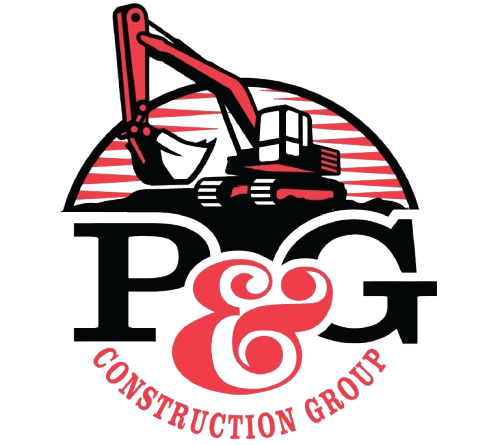Demolition
Demolition
Demolition becomes necessary when a property either outlives its structural lifespan or needs replacement to make way for a modern structure. Every building is designed with a finite lifespan, beyond which it loses stability, becoming a safety hazard to occupants and neighboring structures. Demolition may also be required for redevelopment projects where old structures need to be removed for new construction.
The demolition process involves the systematic destruction and removal of structures, guided by a carefully prepared plan. This plan employs one of two methods:
- Implosion: Controlled use of explosives for precise, large-scale demolitions.
- Non-Explosive Methods: Heavy machinery such as bulldozers and excavators are used for dismantling structures and debris removal.
As with any construction work, demolition requires extreme care and detailed planning. Professional contractors ensure that all risks to surrounding properties and infrastructure are mitigated through a structured approach.
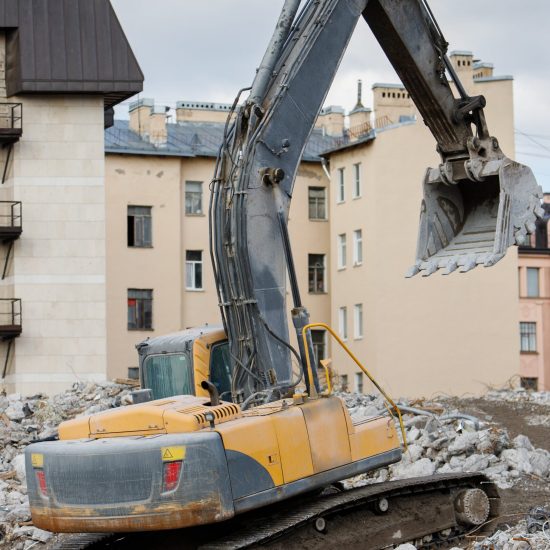
Building Survey
A building survey is essential to assess the conditions and factors affecting the demolition process. This includes:
- The types of materials used in the building’s construction.
- The building’s prior and current usage, if applicable.
- The presence of hazardous materials or wastewater that may complicate demolition.
- Drainage conditions and the potential for issues like water pollution, flooding, or erosion.
- Shared facilities with adjacent structures, such as staircases or partition walls.
- Traffic conditions around the site for both pedestrians and vehicles.
- Neighborhood sensitivity to factors like noise, dust, and vibrations caused by demolition.

Structural Survey
A structural survey complements the building survey by examining:
- The original construction methods and structural systems.
- The condition of underground elements such as basements, tanks, or vaults.
- The overall structural integrity of the building.
- The safe removal of hazardous materials.
This survey ensures the demolition plan accounts for all structural nuances to avoid complications during execution.
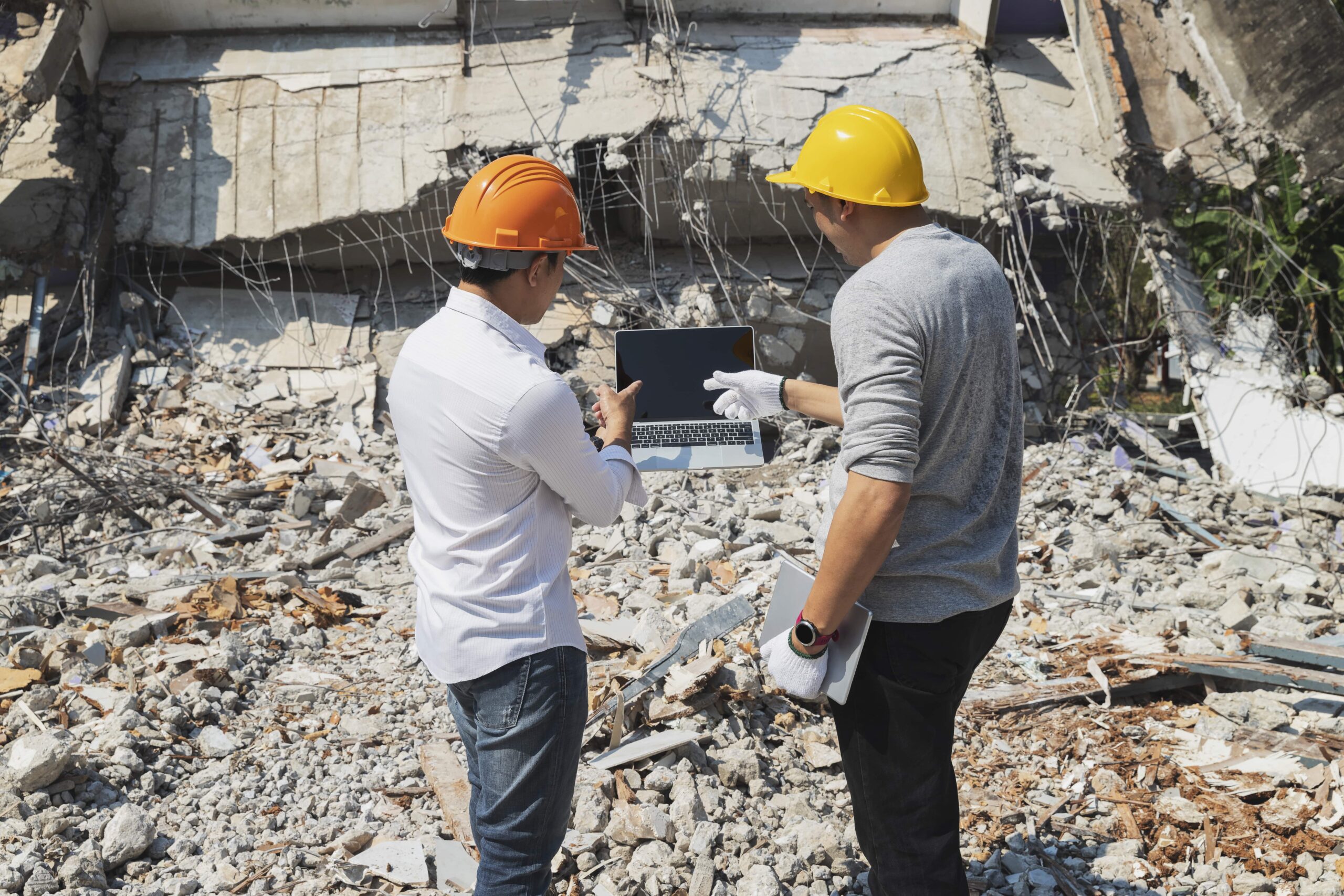
Preparation of a Demolition Plan
Every demolition project begins with a detailed demolition plan, overseen by structural engineers. This plan integrates findings from the building and structural surveys and addresses the following key components:
- The location of the building to be demolished.
- Distances between the structure and adjacent buildings, streets, and infrastructure.
- The building’s structural support systems.
- Predictions and monitoring of vibrations, noise levels, and other potential disturbances, with mitigation strategies.
- A step-by-step procedure for demolishing structural components.
- The chosen demolition method (implosion or non-explosive).
- Mapping of demolition areas with clear cordoned-off zones.
- Precautionary measures to protect adjacent properties and infrastructure, including necessary equipment.
- Plans for handling and disposing of debris safely and efficiently.
- Safety protocols for demolition workers, including medical precautions.
- Timeframes for the complete demolition process.
- Permissions and clearances from local authorities.
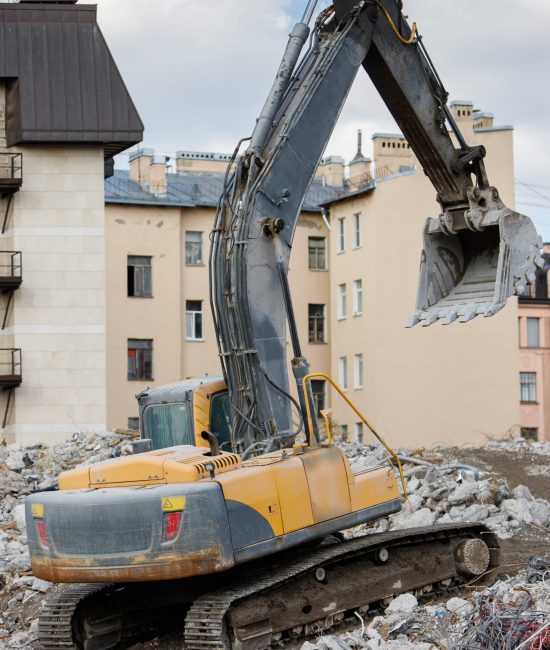
Quality Construction. Honest service. Great value
Our professional team works to increase productivity and cost effectiveness on the market

OurTestimony

"I could probably go into sales for you. We've seen amazing results already. I am so pleased with this product. The best on the net!"
John Doe

"I could probably go into sales for you. We've seen amazing results already. I am so pleased with this product. The best on the net!"
John Doe

"I could probably go into sales for you. We've seen amazing results already. I am so pleased with this product. The best on the net!"
John Doe

